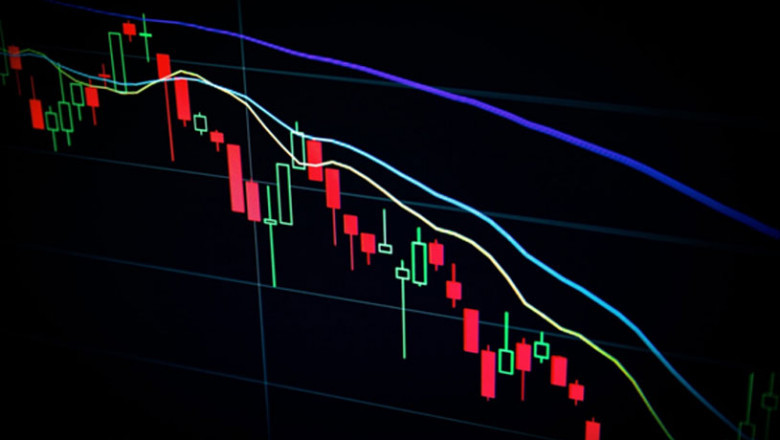views

some amount for the canteen and several other miscellaneous expenses, often unplanned.(And to think of it, we didn’t have these kinds of expenses as today’s kids have like films in a mall or internet packs that bore a deeper hole in the pocket money.)
Every month when I would protest for a raise, my father had a pet peeve. He said his father would run the whole household in the same amount that I get as pocket money. Both of us knew the pun in the statement, for he would be referring to an era a good 50 years ago when even a 100 Rupees (a little more than a dollar today) would be enough to run a house for the whole month. Even gold could be purchased for half a dollarfor 10 grams. So you know how that worked. That’s the saga of inflation for the common man which turns even more complex when it comes to business and world economics.
When I started earning (finally!), my parents had just one advice for me: your income must always beat inflation. Which in effect, meant that if the country’s inflation is rising at a steady rate of say, 7%, your income cannot afford to rise below it. If it does, you end up devaluing your asset value. Your income must always surpass the country’s inflation so you save more even after spending more. So if a family allocates 20% of its income to household expenses, it must be able to increase income so much that it’s savings don’t eat into everyday living. That would cause a doom into its financial planning.
To put it succinctly, inflation is that which weighed in your grandpa’s pocket but somehow drained away as it reached you. It is the increase in the price of everyday commodities like food, clothing, fuel, metals, vehicles and so on. It measures an average price change in the cost in a basket of commodities and services over time. It denotes the fall in the purchasing power of a unit of currency of a country. In my case if you see, if in 1940, the same $2 would buy my grandpa 20 gms of gold, and some money to spare, the same $2 today would buy me a burger, at the most, when the cost of gold is skirting the $1000 mark or even more.
Economists say that some amount of inflation is good for the economy, otherwise the people would simply hoard the money in savings rather than spending it. And as anyone would understand, if people slow down on spending, who would buy the stuff produced in the market? Spending actually keeps the country’s economic engine well-oiled because it spurs more demand. As the value of the unit of currency (Ex. A dollar, or a Rupee or Pound) decreases over time, the things that it could purchase once get dearer and hence the cost of living of the people gets higher. That is why US President Ronald Reagan once said that “Inflation is as violent as a mugger, as frightening as an armed robber, and as deadly as a hit man.”
All the countries in the world try and keep inflation at bay through a tough balancing act. The Central Banks of these countries are responsible to a large extent for that, it is also pertinent to see that too much deflation is not good for a country’s economic health. It’s the same when too much fat is not good for your body but it cannot afford to be too lean either. Every country has a department established to measure its inflation. For example, in the US, the US Bureau of Labor Statistic (BLS) measures inflation by considering the Consumer Price Index. The Federal Reserve does not take into consideration the energy and food prices to calculate core inflation because these prices are too volatile to be included in the list. The Consumer Price Index (CPI) is compiled by the Department of Statistics (DOS) on a monthly basis in Singapore. What types of goods and services get included in the CPI and their respective weights are determined and updated once in five years. The Central Banks make use of this data to adjust policy changes that control inflation to maintain a healthy balance.
What Causes Inflation?
Several causes are attributed to why prices rise leading to inflation.
One of the main causes is when the supply of money in a market far exceeds the rate of economic growth. Read more.....













